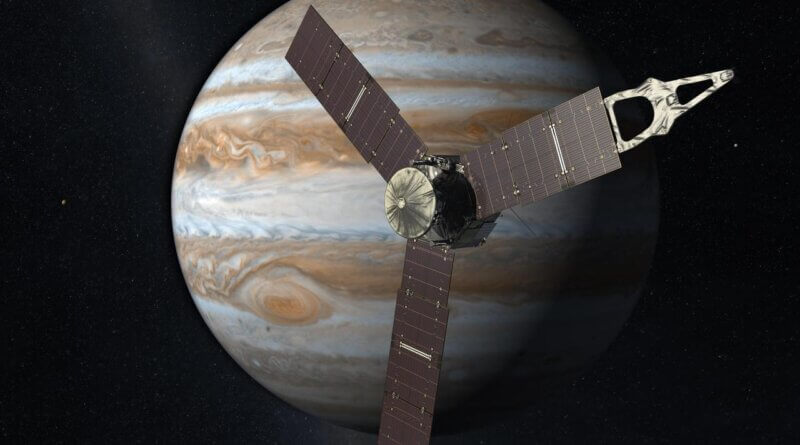Space Is The Place: The Night Sky Over Belper, January 2024
In January’s Night Sky: Space Missions 2024, Geminids observation notes, CPRE star count paused, Planet and Moon notes.
Space Missions in 2024:
Lunar Missions
January: Sponsored by NASA, Astrobotic, launched its Peregrine lunar lander in January. A successful launch, but due to a malfunction in the lander’s propulsion system the Peregrine is unlikely to be able to complete its mission.
Jan / Feb: Japan’s SLIM Moon lander will attempt a set down. If successful, it would mean that Japan joins only five countries who have managed a lunar landing.
February: IM1 mission, A NASA sponsored lunar lander could launch. If successful, it will land on the south pole of the Moon.
May: China scheduled to launch its Chang’e-6 mission to the dark side of the Moon.
Artemis II Rescheduled for 2025: NASA’s Artemis II, a crewed trip around the Moon, is now scheduled to take place around September 2025. Subsequently the mission to return to the Moon, Artemis III, will move to 2026.
Solar System Missions
February: NASA’s Juno mission will complete a flyby of Io – the volcanic moon of Jupiter.
(Headline image: Juno Mission to Jupiter – Artist concept, courtesy of NASA)
August: NASA’s ESCAPADE mission to send two small spacecraft to orbit Mars to study its magnetic field.
October: The European Space Agency’s Hera mission is a follow-up to NASA’s successful DART mission last year. The DART spacecraft collided with the asteroid Dimorphos in an attempt to shift the asteroid’s trajectory. The Hera mission is designed to collect more information about the effect of the collision.
NASA: Scheduled launch of the Europa Clipper mission to explore Jupiter’s icy moon, Europa.
December: May see the first private sector mission to another planet. Rocket Lab intends to send a Photon spacecraft toward Venus, it will then fire a probe into the planet’s atmosphere.
Other significant launches
March: A joint mission from NASA and the Indian Space Research Organization to launch the NISAR satellite, designed to study shifts in the Earth’s land and ice surfaces.
June: European Space Agency to launch the Ariane 6 rocket.
CPRE: Star Count Paused In 2024
For over a decade the CPRE’s Star Count has tracked the impact of light pollution by asking people to count the stars in the constellation of Orion over a week in February This year (2024) CPRE has decided to pause its Star Count. This is because the CPRE expects a general election this year and it wants to target resources to ensure that the next government protects the countryside and works for rural communities.
Geminids Meteor Shower (Observation notes)
I was not able to view on the peak night of 13 / 14th December. The night after (14th / 15th) the sky was clear enough for observation. Between 23.30pm and midnight, looking south, I saw 2 meteors in quick succession, followed by a long lull. It was bitterly cold, so I quickly returned indoors, happy enough that some Geminids had been seen.
The Moon
14th Jan: Crescent Moon appears to be near Saturn
18th Jan: Moon appears near to Jupiter
25th Jan: Full Moon
The Planets
Venus is the bright “Morning Star” in the southern sky in the early evening,
Jupiter is at a high elevation at the moment, making viewing much easier than previous years. It shines brightly in the southern part of the sky. Binoculars will show its moons. A telescope will show planetary detail (e.g. cloud bands). It will appear close to the Moon on the 18th.
Saturn is to the right of Jupiter and in the same area of sky. A telescope will show its rings. Catch it in the early evening. Use the crescent Moon as a marker to Jupiter’s location on the 14th Jan.
The International Space Station
The International Space Station is one of the brightest objects in the night sky. It is not hard to spot and flies-past periodically throughout the year. Fly-pasts tend to swing from PM to AM.
Typically it will be in the sky for up to four minutes at a time – slowly moving across the sky, at first bright and then fading as it moves away from us and over the horizon.
ISS is tracked by NASA’s spot the station website. Spot the Station gives the time, duration and direction of sightings. It is very accurate and the space station always arrives on time. It is best to be in position around 5 minutes before the predicted sighting – otherwise you may miss it. In addition to the Spot the Station site you can also sign up to the Alerts Site – which gives advance warning of the most prominent sightings.

